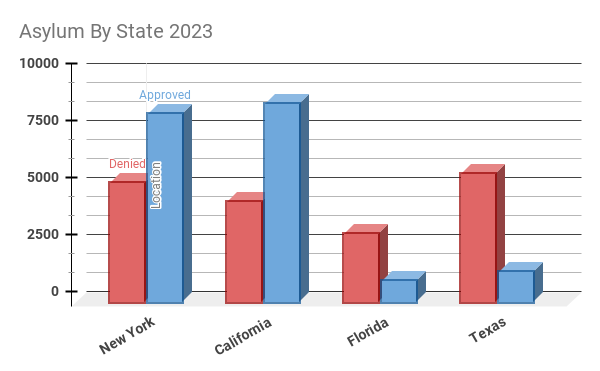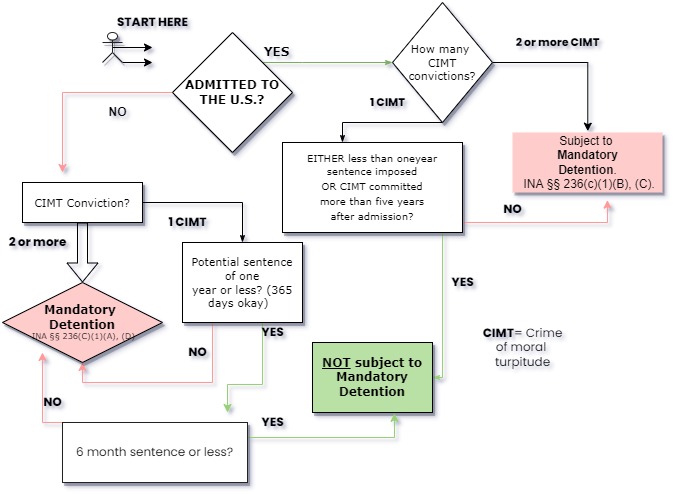Applying For U.S. Citizenship
form n-400 Review the application (Form N-400) instructions Complete the naturalization application, Form N-400 Pay filing fee Form N-400 All applicants must send the following 3 items with their N-400 application: □ Permanent Resident CardA photocopy of both sides of your Permanent Resident Card (formerly known as the Alien Registration Card or “Green Card”). If you have lost the card, submit a photocopy of the receipt of your Form I-90, Application to Replace Permanent ResidentCard; and □ FILING FEE A check or money order for the application fee and the biometric services fee, as stated in the M-479, Current Naturalization Fees, enclosure in the Guide.(Applicants 75 years of age or older are exempted from the biometrics services fee). Write your A-Number on the back of the check or money order. You may also pay using a credit card. There is no additional fee when you do so. The N-400 is the only form that you canpay for by credit card using the G-1450, Authorization for Credit Card Transaction. Check www.uscis.gov for more specificinformation. your facial features must still be exposed in the photo for purposes of identification. IF YOU RESIDE OUTSIDE THE UNITED STATES □ 2 identical color photographs, with your name and A – Number written lightly in pencil on the back of each photo. For details about the photo requirements, see Part 5 of Form M-476, or our post on immigration photo requirements. DOCUMENTS TO SUBMIT WITH FORM N-400 AttorneyIf an attorney or accredited representative is acting on your behalf, send:□ A completed original Form G-28, Notice of Entry of Appearance as Attorney or Representative. If Name Is Different Than Your LPR CardIf your current legal name is different from the name on your Permanent Resident Card, send:□ The document(s) that legally changed your name (marriage certificate, divorce decree, or court document). If Apply Based on Marriage to a U.S. CitizenIf you are applying for naturalization on the basis of marriage to a U.S. citizen, send the following 4 items: 1. Evidence that your spouse has been a U.S citizen for the last 3 years: Birth certificate (if your spouse never lost citizenship since birth); or Certificate of Naturalization; or Certificate of Citizenship; or The inside of the front cover and signature page of your spouse’s current U.S. passport; or Form FS-240, Report of Birth Abroad of a Citizen of the United States of America; and 2. Your current marriage certificate; and 3. Proof of termination of all prior marriages of your spouse (divorce decree(s), annulment(s), or death certificate(s)); and 4.Documents referring to you and your spouse: Tax returns, bank accounts, leases, mortgages, or birth certificates of children; or Internal Revenue Service (IRS)-certified copies of the income tax forms that you both filed for the past 3 years; or An IRS tax return transcript for the last 3 years. If you have ever been arrested or detained by any law enforcement officer for any reason, and no charges were filed, send: An original official statement by the arresting agency or applicant court confirming that no charges were filed. If you have ever been arrested or detained by any law enforcement officer for any reason, and charges were filed, send:An original or court-certified copy of the complete arrest record and disposition for each incident (dismissal order, convictionrecord or acquittal order). If you have ever been convicted or placed in an alternative sentencing program or rehabilitative program (such as a drugtreatment or community service program), send: An original or court-certified copy of the sentencing record for each incident; and Evidence that you completed your sentence: a. An original or certified copy of your probation or parole record; or b. Evidence that you completed an alternative sentencing program or rehabilitative program. If you have ever had any arrest or conviction vacated, set aside, sealed, expunged or otherwise removed from your record,send:An original or court-certified copy of the court order vacating, setting aside, sealing, expunging or otherwise removing the arrest or conviction, or an original statement from the court that no record exists of your arrest or conviction. NOTE: If you have been arrested or convicted of a crime, you may send any countervailing evidence or evidence in your favor concerning the circumstances of your arrest and/or conviction that you would like U.S. Citizenship and Immigration Services toconsider. If you were married before, send:□ Proof that all earlier marriages ended (divorce decree(s), annulment(s), or death certificates(s)). If you are currently in the U.S. military service and are seeking citizenship based on that service, send:□ A completed original Form N-426, Request for Certification of Military or Naval Service. If you have taken any trip outside the United States that lasted 6 months or more since becoming a Lawful Permanent Resident Send evidence that you (and your family) continued to live, work and/or keep ties to the United States, such as: An IRS tax return “transcript” or an IRS-certified tax return listing tax information for the last 5 years (or for the last 3 years ifyou are applying on the basis of marriage to a U.S. citizen). Rent or mortgage payments and pay stubs.If you have a dependent spouse or child(ren) who do not live with you, send: Any court or government order to provide financial support; and Evidence of your financial support (including evidence that you have complied with any court or government order), such as: a. Cancelled checks; b. Money and receipts; c. A court or agency printout of child support payments; d. Evidence of wage garnishments; e. A letter from the parent or guardian who cares for your child(ren). If you have ever failed to file an income tax return since you became a Lawful Permanent Resident, send: All correspondence with the IRS regarding your failure to file. If you have any Federal, state or local taxes that are overdue, send: A signed agreement from the IRS or state or local tax office showing that you have filed a tax return and arranged to pay thetaxes you owe; and Documentation … Read more




